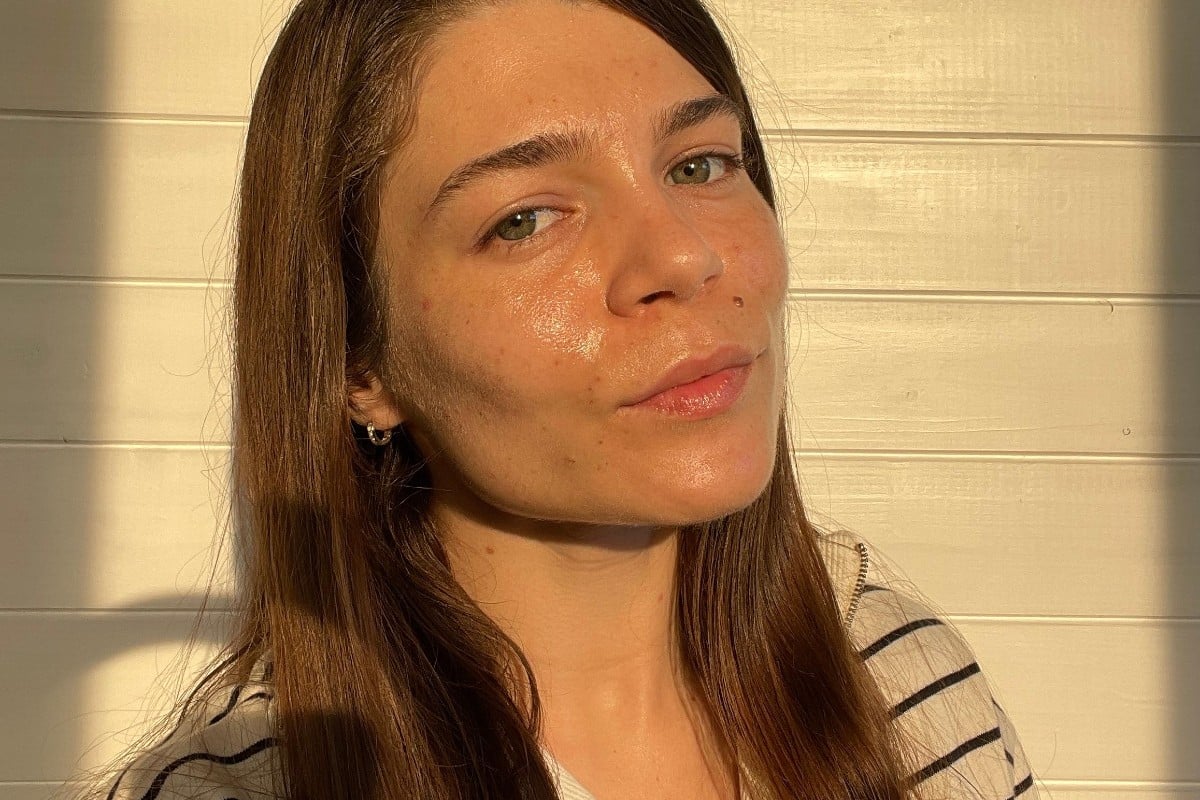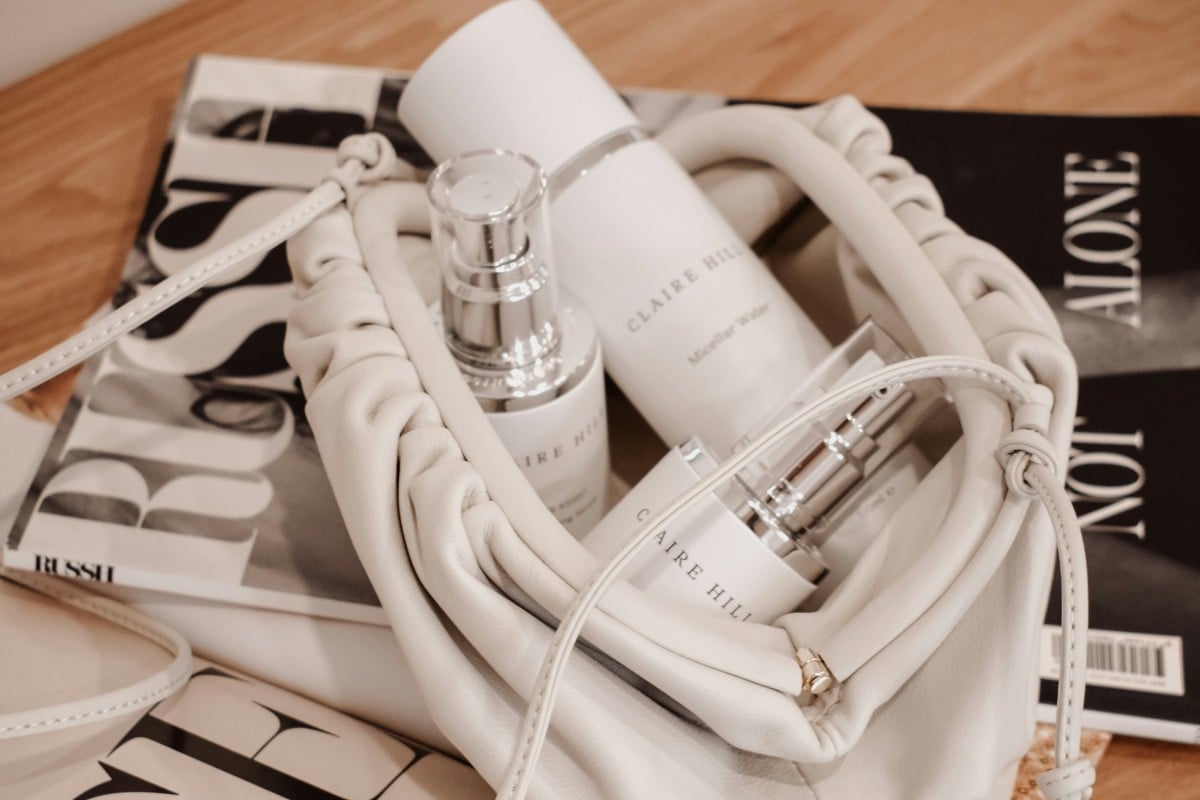It’s impossible you haven’t heard about “slugging,” the buzziest skincare trend at the moment, which has actually been around for decades in some cultures. As greasy as it may sound, slugging is approved by dermatologists as a method to reinforce the protective barrier, relieve dryness, prevent moisture loss and trap all the goodness of your skincare nighttime routine to wake up to a moist, dew-saturated look.
What is slugging?
If you’re not familiar with this technique, slugging implies applying a thick layer of heavy occlusive ointment, like petrolatum, as the final step of your nighttime regimen. In this way, skincare products get trapped for enhanced benefits, transepidermal water loss (TEWL) decreases, the barrier is fortified, and dryness is relieved.[1] Thus, skin becomes smooth, soft, plump, and glowy — nor could you ask for more.
About two years ago, when I first heard about the trend, I immediately tried it in an attempt to get the most out of my routine and get that forever-coveted complexion: glass-like and plump. I only slug twice a week because my skin is prone to breakouts, and doing it more often may clog pores, leading to blackheads and pimples, so no thanks. As an occlusive, petroleum jelly forms a barrier over the skin, and applying a thick layer of it is more likely to congest pores in people with acne-prone and oily skin. If your skin is dry, however, you can slug as often as every night — slugging is a great way to ease dryness, soften rough patches and relieve irritation.[2]
In addition to fortifying the barrier, decreasing moisture loss, and revealing a healthy glow, slugging increases product absorption, so you get more benefits from what you have previously applied.[3] As such, whenever you coat your skin with petrolatum or Vaseline, slather your skin in humectants like hyaluronic acid, glycerin, aloe vera, and panthenol. This will help boost your skin’s moisture levels and ward off conditions like dryness, dehydration, and eczema.
Other compounds great to layer on before slugging are repairing ingredients, including peptides, vitamin C, and epidermal growth factors. These not only strengthen the skin by building collagen and elastin but make fine lines and wrinkles less visible and give you that bouncy look. Skin-identical ingredients are not to neglect either — think ceramides, amino acids, and squalane.
Slugging with retinoids and exfoliants
On the flip side, slugging with tretinoin, retinol, salicylic acid, and glycolic acid is questionable, especially if your skin is easily reactive. This is because trapping actives that work by encouraging cell turnover may lead to redness and sensitivities in some cases. I personally do it, and I’ve never had reactions from slugging, neither with retinol serum nor my glycolic acid moisturizer (which is 25% glycolic). As long as your skin tolerates these products, it shouldn’t be a problem; just proceed with caution.
What products to use for slugging
As I’ve already said, petrolatum is the most used occlusives for slugging. It’s the most effective at sealing moisture and reducing water loss — for the record, 5% petrolatum can hinder water loss by 98%. Shea butter and beeswax are also great picks for slugging, while dimethicone and squalane are most suitable for oily and acne-prone skin because they are non-greasy. As for the best products to use for slugging, I’ve tried CeraVe Healing Ointment and Elta MD Intense Moisturizer, and both are great. SkinCeuticals Hydra Balm and Vaseline are also good options.
Do you wash your face after slugging?
After slugging, it’s best to leave the occlusives overnight to do their magic and wash your face with a gentle cleanser in the morning. Use a face wash that doesn’t strip skin of moisture.
Should you do slugging?
Slugging might be effective in recovering a damaged barrier or if you have eczema or cracked, dehydrated, or irritated skin. However, slugging is not for everyone and should be avoided in some circumstances. That said, if you have oily skin or active breakouts, you should err on the side of caution. This is because occlusives used for slugging may feel too heavy and greasy and can potentially trap de buildup of dead cells, bacteria, and sebum on the skin’s surface. Also, if you’re using exfoliants or retinoids, slugging may increase product absorption and make these treatments more aggressive.
You can try slugging in either case, but just proceed with caution and monitor your skin to see how it reacts and adjust the frequency of slugging accordingly.
The takeaway
Slugging is by no means a researched method but rather a trend born out of social media that even dermatologists approve of. For dry, dehydrated skin, slugging can be a game-changer, though anyone can benefit from it, really. It’s good to seal moisture into your skin and trap the whole package of benefits of your routine, so you’ve got no reason not to try it out.
References
Women’s Concepts uses reliable sources, including dermatologists’ insights, clinical trials, and scientific journals, to find accurate information and support all the facts shared in our articles. All statements and claims have clear and authoritative references.
- Science Direct, Master Techniques in Facial Rejuvenation (Second Edition), 2018, Petrolatum, Source
- A. V. Rawlings, K. J. Lombard, A review on the extensive skin benefits of mineral oil, 19 September 2012, https://doi.org/10.1111/j.1468-2494.2012.00752.x
- Hongbo Zhai, Howard I Maibach, Skin occlusion and irritant and allergic contact dermatitis: An overview, University of California, San Francisco, May 2001, Source





